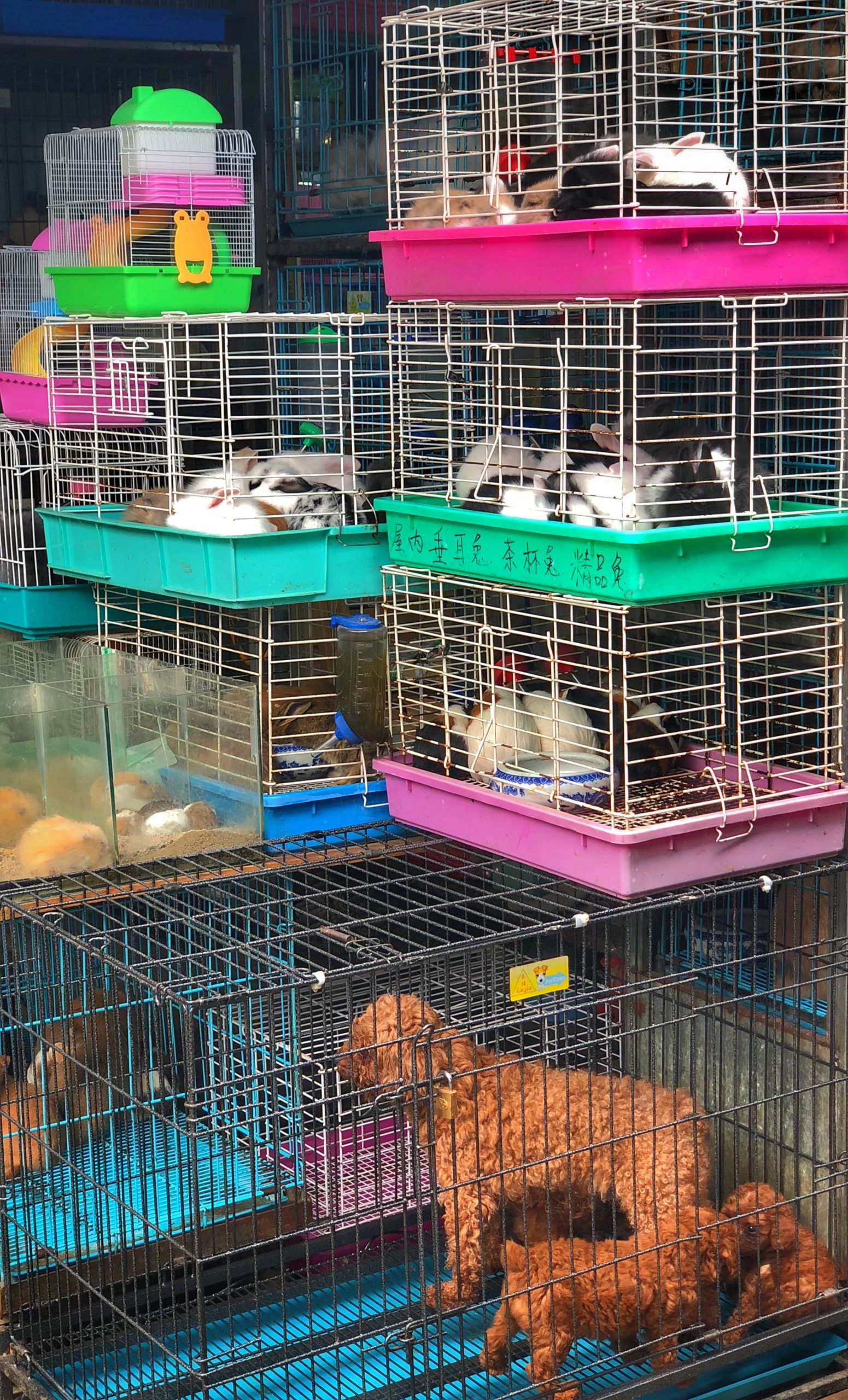Introduction: Cow farming is not only a significant agricultural practice but also a complex business endeavor. The economics of cow farming are influenced by various factors, including market trends, production costs, and profitability considerations. This article delves into the economics of cow farming, exploring the factors that impact profitability and the current market trends shaping the industry.
- Production Costs: One of the key factors influencing the economics of cow farming is the production costs associated with feed, labor, healthcare, and infrastructure. Feed costs, in particular, can fluctuate depending on factors like weather conditions, availability of pasture, and grain prices. Additionally, labor costs and healthcare expenses, including veterinary services and disease prevention measures, significantly impact the overall production costs. Efficient management practices, cost optimization strategies, and exploring alternative feed sources can help mitigate production costs and improve profitability.
- Milk and Meat Prices: The prices of milk and meat play a crucial role in determining the profitability of cow farming. These prices are influenced by supply and demand dynamics, market trends, and consumer preferences. Fluctuations in global and local markets, changes in consumer behavior, and shifts in dietary preferences can impact milk and meat prices. Cow farmers need to stay abreast of market trends, actively monitor pricing fluctuations, and explore value-added opportunities, such as organic or specialty products, to maximize profitability.
- Government Policies and Subsidies: Government policies and subsidies can significantly impact the economics of cow farming. Subsidies for cow farmers, such as direct payments, tax incentives, and grants, can provide financial support and improve profitability. Additionally, regulations related to environmental conservation, animal welfare, and food safety may impose additional costs and compliance requirements on farmers. Understanding and navigating these policies is essential for cow farmers to manage costs effectively and leverage available subsidies.
- Economies of Scale: The size and scale of cow farming operations can influence profitability. Larger-scale operations often benefit from economies of scale, allowing them to spread fixed costs over a larger production base and negotiate better purchasing terms. However, smaller-scale farmers can still be successful by focusing on niche markets, organic production, or direct-to-consumer sales, which can command higher prices and lower marketing costs.
- Technology and Innovation: Adopting technology and embracing innovation can enhance the economics of cow farming. Technological advancements, such as automated milking systems, precision feeding technologies, and data analytics, can optimize production efficiency, reduce labor costs, and improve overall profitability. Furthermore, innovation in cow genetics, breeding practices, and farm management techniques can lead to improved productivity and profitability.
- Sustainability and Consumer Demand: Consumer demand for sustainably produced and ethically sourced products is shaping the economics of cow farming. Sustainable farming practices, such as organic farming, grass-fed production, and animal welfare certifications, can command premium prices in the market. Responding to consumer preferences, engaging in transparent communication, and demonstrating a commitment to sustainability can enhance marketability and profitability in the long run.
Conclusion: The economics of cow farming are influenced by a multitude of factors, including production costs, milk and meat prices, government policies, economies of scale, technology adoption, and evolving consumer demand. Successful cow farmers must carefully navigate these factors, implement efficient management practices, and adapt to market trends to maximize profitability. By staying informed, embracing innovation, and strategically positioning themselves in the market, cow farmers can ensure a sustainable and economically viable future for their operations.










